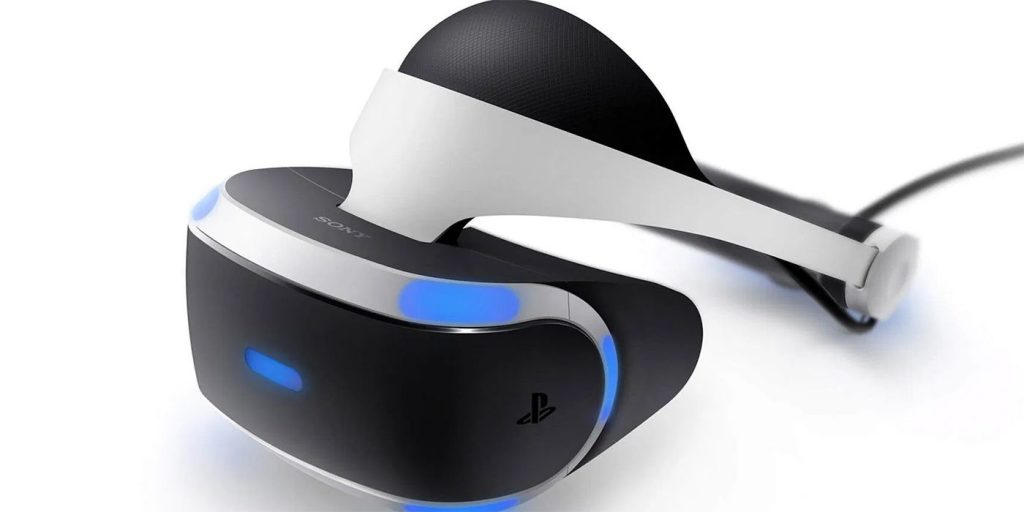
With Sony teasing its new upcoming PlayStation VR headset in a blog post back in February of this year, virtual reality fans have been wondering what the upgrades to the PSVR will be. While Sony has been tight-lipped about its VR successor, a new patent may have just revealed a surprising new feature.
The first PlayStation VR has been a success for Sony. Sales are expected to be over five million, which is good for something that could be considered a niche device. But with virtual reality being a new technology, advancements have been coming quickly. Other VR developers such as Oculus have released several devices like the Oculus Quest 2 since Sony’s headset launched with improvements such as wireless VR. As such, Sony needs to innovate.
RELATED: PlayStation VR 2 Details Surface Including FOV, HDR OLED, and More
Sony Interactive Entertainment Inc. has just applied for a new US patent for a HMD, or head-mounted display, invented by Ruxin Chen from San Mateo, California. The patent is titled Display Screen Front Panel Of HMD For Viewing By Users Viewing The HMD Player, and seems to show a secondary display on the outside of the headset for users not wearing the headset to view. The player using the headset would be viewing the screen inside the device while people not wearing the headset would be able to view what is happening by watching the screen on the outside of the device. The PSVR 2 is rumored to be using OLED displays.
The patent also talks of a PlayStation VR camera taking a facial scan of the user before they put on the headset and then combining that with a second scan done by the headset to create a image of the user’s face to display on the outer screen to other people who are not wearing the headset. Furthermore, the patent goes on to show examples of the user’s changing emotions that are then displayed on the outer screen for others to see.
While this may seem like a bit of an odd feature, anyone who has used a VR headset in a room with other people will know that it can be a disconnected experience. The user is unable to see what others in the room are doing. A secondary outer display could let non-users see what is happening to the person playing the headset and become more involved with the experience. Another PlayStation VR patent shows a virtual AR assistant user can interact with.
Of course, just because a company files for a patent for a device doesn’t mean that that device will come to fruition. Still, a secondary display could lead to some interesting multiplayer game ideas with a single headset. PlayStation VR fans will just have to wait and see if such a feature makes its way into the final device. In the meantime, games like Moss: Book 2 will have to keep PSVR players happy.
PlayStation VR is compatible with PS4 and PS5.
